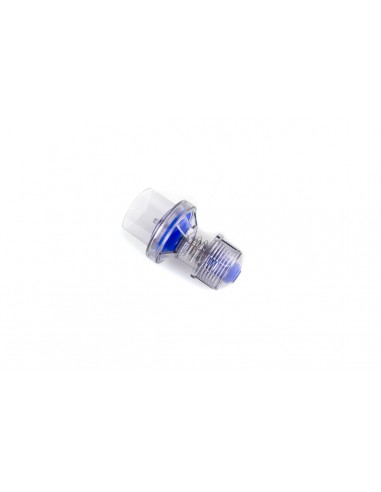

Top of Page Study Description Study Design Arms and Interventions Outcome Measures Eligibility Criteria Contacts and Locations More Information The patient is monitored at the recovery room and transferred to the general ward. The anesthesia is terminated by a conventional method and the patient is awakened. Patients who had atelectasis on ultrasonography are recruited three times for 3-5 seconds under 30 cmH2O pressure under the guideline of lung ultrasonography.After the end of the operation, the score of the lung atelectasis is measured by the same method.The applied PEEP is maintained until the end of the operation.The cardiac index is measured using a transesophageal doppler for 5 minutes before (PEEP=3) and after each application of PEEP (3, 6, 9 cm H2O) according to a randomized, defined group of patients.After ultrasound examination, PEEP is applied in 3 cm H2O.That is, the lung atelectasis score can be scored from 0 to 72 points. Atelectasis is confirmed by the presence or absence of B-line and juxtapleural consolidation, grading to 0-3 according to severity. Within five minutes of the start of mechanical ventilation, the degree of baseline lung atelectasis is measured in anterior, lateral, and posterior regions of the upper and lower lungs of both lungs using transthoracic lung ultrasonography, ie, a total of 12 regions.The selected pediatric patients undergo general anesthesia with the method commonly used in the operating room, and mechanical ventilation is applied to the patients after endotracheal intubation.Procedure: applying PEEP3 Procedure: applying PEEP6 Procedure: applying PEEP9 P < 0.017 is going to be considered statistically significant. The significance level alpha is fixed at 0.017 and the number of samples considering the 10% dropout rate when the power (1-β) is 80% is required to be 30 for each group.ĭata analysis and statistical methods: Atelectasis score, cardiac index, peak inspiratory pressure, and dynamic compliance will be compared by t-test between groups(PEEP3 vs PEEP 6, PEEP 3 vs PEEP 9, PEEP 6 vs PEEP 9). In comparison between the two groups, alpha is used as the Bonferroni corrected alpha level of 0.05 / 3 = 0.017. Bonferroni correction is required for statistical analysis. It is assumed that the score at PEEP3 is 20, the score at optimal PEEP is 10, and the standard deviation is 11. When PEEP of 5 cmH2O was maintained, the lung ultrasound score is 12.5 (IQR 6-21.3), which is lower than PEEP 0. The number of target subjects: According to the results of previous studies, the lung ultrasound score by ultrasonography at the end of anesthesia was 28.5 (IQR 21.8-37) without any recruitment (PEEP 0 cmH2O) (IQR 6-21.3). Medical Equipment : Ultrasonography with 6 - 13 MHz linear probe, Cardio-Q esophageal Doppler The scores at PEEP3, PEEP6, and PEEP9 will be compared to identify the appropriate PEEP at which atelectasis is the least likely to occur during anesthesia. Immediately after the start of anesthesia (PEEP=0) and before the end of anesthesia, the score of atelectasis is measured by lung ultrasonography with the standardized method.

Study design : Application of one pressure of PEEP among 3, 6, or 9 cmH2O during mechanical positive ventilation for general anesthesia to randomly assigned infants over 6 months to 13 months of age. Purpose of research to determine the appropriate positive end-expiratory pressure to minimize atelectasis during general anesthesia in infants.



 0 kommentar(er)
0 kommentar(er)
